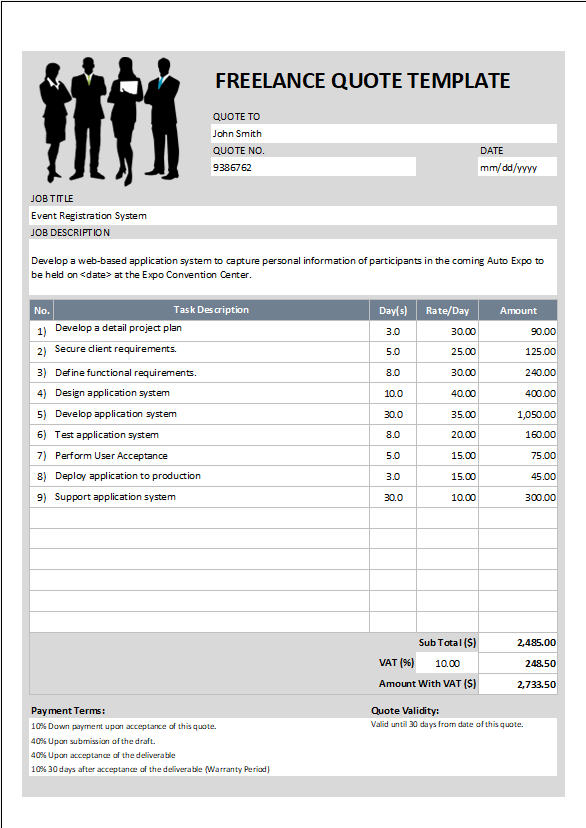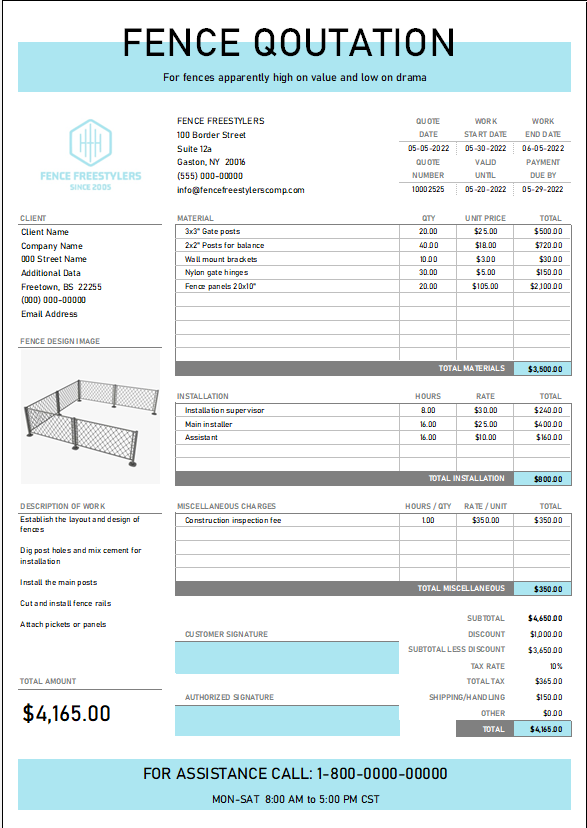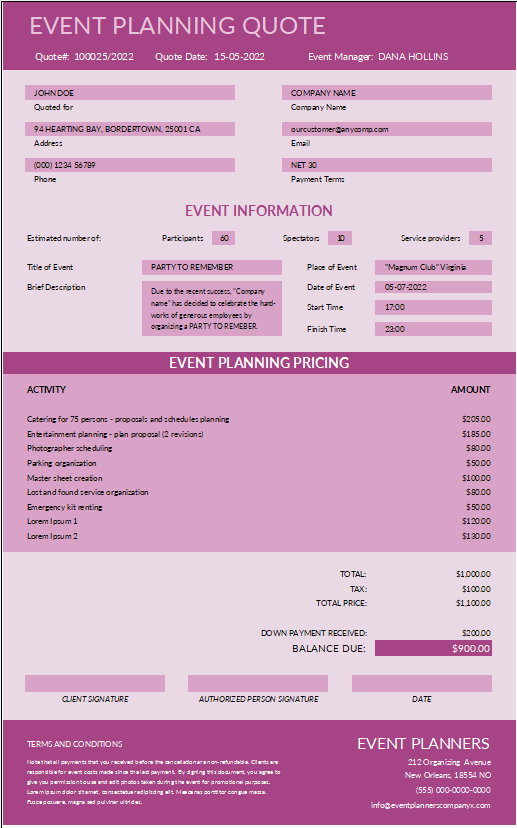This is a type of cartesian coordinate grid system using dot paper, in place of grid lines. You can use this graph paper as you would use graph paper with grid lines – the difference is less prominent background.
Dot Paper Content
1 Dot Per Inch Portrait
Graph paper at 1 dot per inch scale in portrait orientation.
1 Dot Per Inch Landscape
Graph paper at 1 dot per inch scale in landscape orientation.
2 Dots Per Inch Portrait
Graph paper at 2 dots per inch scale in portrait orientation.
2 Dots Per Inch Landscape
Graph paper at 2 dots per inch scale in landscape orientation.
4 Dots Per Inch Portrait
Graph paper in 4 dots per inch scale in portrait orientation.
4 Dots Per Inch Landscape
Graph paper at 4 dots per inch scale in landscape orientation.
Using The Template
Personalize and Print
Adding a personal touch! Each worksheet has built-in header. Use header to include information, such as name, title, and date.
If you prefer to draw by hand, just hit print – each tab is configure to print in its appropriate orientation type.
Handwriting and Creativity
As our technology have becomes more advanced, handwriting is quickly becoming a lost art. To keep it alive, teach your young ones art of writing by hand. Print out the dot graph paper and use the dots to make neat, handwritten notes by keeping letters inside the dot grid. Practicing this type of writing may spark other creativity, as well as promote a slower, less hectic, way of doing things.
Idea: Make a neat to-do list by drawing boxes through dots.
Dot graph paper is useful for engaging young adults in writing mathematics.
Drawing and Importing Shapes
You may choose to work with graph paper in Excel. For example, linear objects can be inserted to help with plots and drawings. To use linear objects, select “Illustrations”, and then select “Shapes”, under “Insert” menu. This gives you the option to include lines or shapes with greater precision by using the graph.







